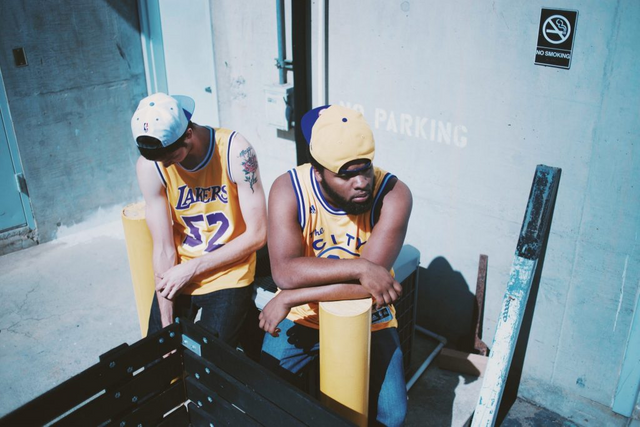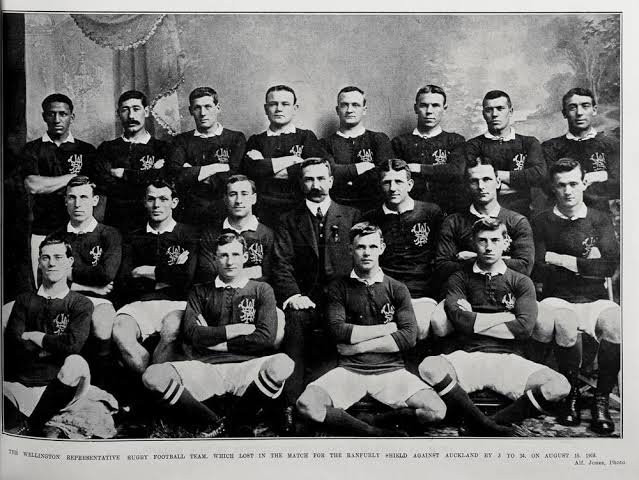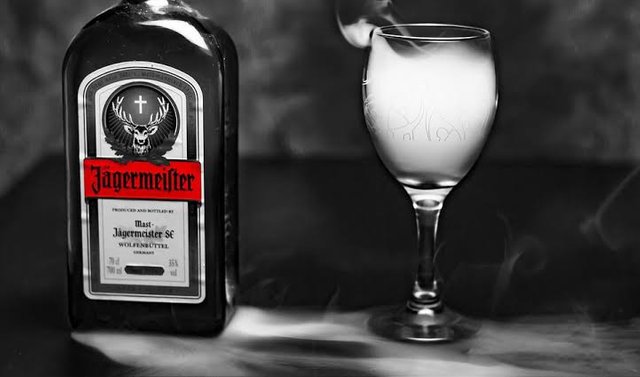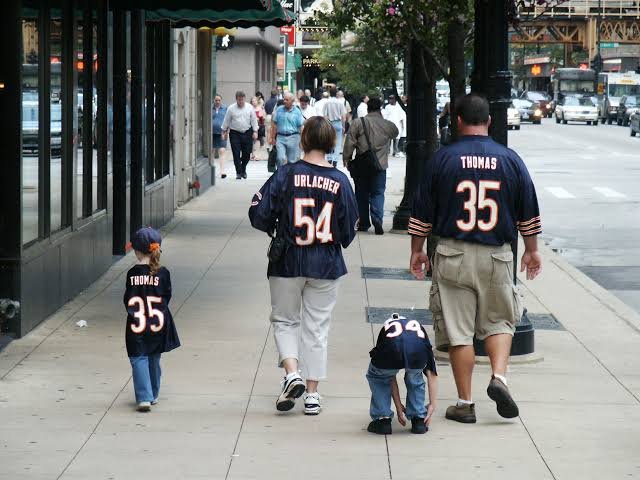Why Sports Jersey Culture is the Next Big Thing

The humble sports jersey isn’t just a piece of fabric strung together. Whether it’s Canarinho Yellow of the Brazilian national football team or Chicago Bull red, the sports jersey represents the very roots of every sporting team.
The introduction of the sports jersey in international sports goes back to at least the 1908 London Olympics. Competitors were required to wear a sleeved jersey and loose drawers at the knees or risk being excluded from the games.
Since then jerseys have continued to evolve and are now a staple of every sporting team. So what makes the sports jersey the next big thing and how is it changing sporting culture?

In modern times the earliest evidence of a sports jersey in any form of organised sports was in the 1840’s, used in English public school football games. It was used to help distinguish between the different teams.
Standardised sporting jerseys began to emerge in the 1870’s. Colours for sporting jerseys were picked based on those that were associated with the school or other sporting organisation of which the club emerged from.
By the early 1900’s the sports jersey started to develop further. In football, shorts had become shorter and goalkeepers wore shorts of a different colour to distinguish them from other players.
The jersey continued to develop at the turn of the century and the origin of the jersey number can proudly be traced back to Australian Rules football. Numbers were introduced in 1911 to help spectators, stat keepers and officials identify individual players.

Jersey endorsement all began in the 1950’s when Uruguayan club Penarol first introduced it into sports.
It wasn’t until 1973 that German football team Eintracht Braunschweig and Jägermeister partnered together in what was the first ever jersey sponsorship deal.
The German Football Association rejected the deal at first as they only allowed a club’s logo on the jersey. As a result Eintracht Braunschweig unexpectedly changed its entire club logo to the Jagermeister logo to keep the sponsorship deal.
Seven months later the German Football Association agreed to allow jersey sponsors on jerseys, becoming a milestone for the footballing world.
In recent times, Manchester United signed a seven-year jersey sponsorship deal with Chevrolet worth around £357m in 2014.
On top of that, Adidas signed a deal as the official kit-supplier of Man United. The deal is worth £750m over a 10-year span which ends in 2025.
In the NBA it’s only as recent as 2017 that jersey sponsorship has been introduced into the game. They have now allowed advertising on the shoulder of jerseys for the first time in it’s history.
The 2017-18 season marks the beginning of a three-year trial period for NBA jersey sponsorship in a bid to generate additional revenue.

There has been an explosion in sporting fan culture in parts of the world. Donning on a sports jersey and representing a club is a large part of the cultural shift.
A recent phenomenon in Samoa has seen a huge amount of people from the tiny South Pacific nation wearing NBA jerseys. Samoa isn’t exactly a wealthy nation and Chinese fakes are quite popular.
What makes this sports jersey culture quite a phenomenon and intriguing is that there is next to little or no fanfare for NBA in Samoa.
In sports mad Australia which is dominated in popularity by the NRL, AFL and cricket, you only need to walk around the streets of our main cities to see the ever changing popularity of sports jerseys and the impact jersey culture is having.
Shops like Rebel Sport, JD Sports and Culture Kings are all flooded with American sports team jerseys. They dominate the shelves even over our own national league sporting teams.
The store Stateside Sport, which claims to be the “new home of U.S sports in Australia, featuring the very best range from the NBA, MLB, NFL and NHL” specialises only in American sports team gear across their shelves.
There’s no greater measure in the value of sports jersey and it’s nostalgic value than the cost of some. A New York Yankees Babe Ruth jersey from during the 1920 season sold for US$4.4m.
The highest price football jersey ever sold was for $224,000, a Pele jersey worn during the 1970 World Cup final.
It took until 1974 for sports jerseys to begun being sold to supporters. English football club Leeds United started the idea by selling £5 replica shirts to its fans.
Sportswear manufacturer Admiral followed up on the idea shortly after by paying the Football Association £15,000 for the rights to sell England national team replica shirts to national fans for £5.
Fast forward to today and Nike is now the England national football team jersey manufacturer. Nike is paying £400m until 2030 for the rights with replica shirts costing up to £90 each.

Sports jerseys have proven themselves to be timeless with every single one having its own story. Every jersey has a story representing a specific moment in time which brings upon feelings of unrivaled nostalgia.
Sports jersey sponsorship has become just as important for sponsors as much as sports clubs themselves. It’s significance was seen when Samsung ended its sponsorship with Chelsea F.C. in 2015.
The reason?
Samsung did not want to be attached to a club that is hated by so many football fans around the world.
Football’s been taking advantage of lucrative sponsorship arrangements since the 1970’s. The NBA has only now followed the trend 45 years later following many years of resistance.
In the 1980’s jersey manufacturers like Adidas and Hummels began expanding on the design of jerseys. As technology increased they started to include elements such as shadow prints and pinstripes.
The jersey culture continues to expand as fans celebrate and express pride for their sports clubs. Clubs that represent belief systems. It’s for that reason that sports jersey culture will only continue to grow further.
GOOD
Congratulations @ieriko! You have completed the following achievement on the Steem blockchain and have been rewarded with new badge(s) :
You can view your badges on your Steem Board and compare to others on the Steem Ranking
If you no longer want to receive notifications, reply to this comment with the word
STOPVote for @Steemitboard as a witness to get one more award and increased upvotes!